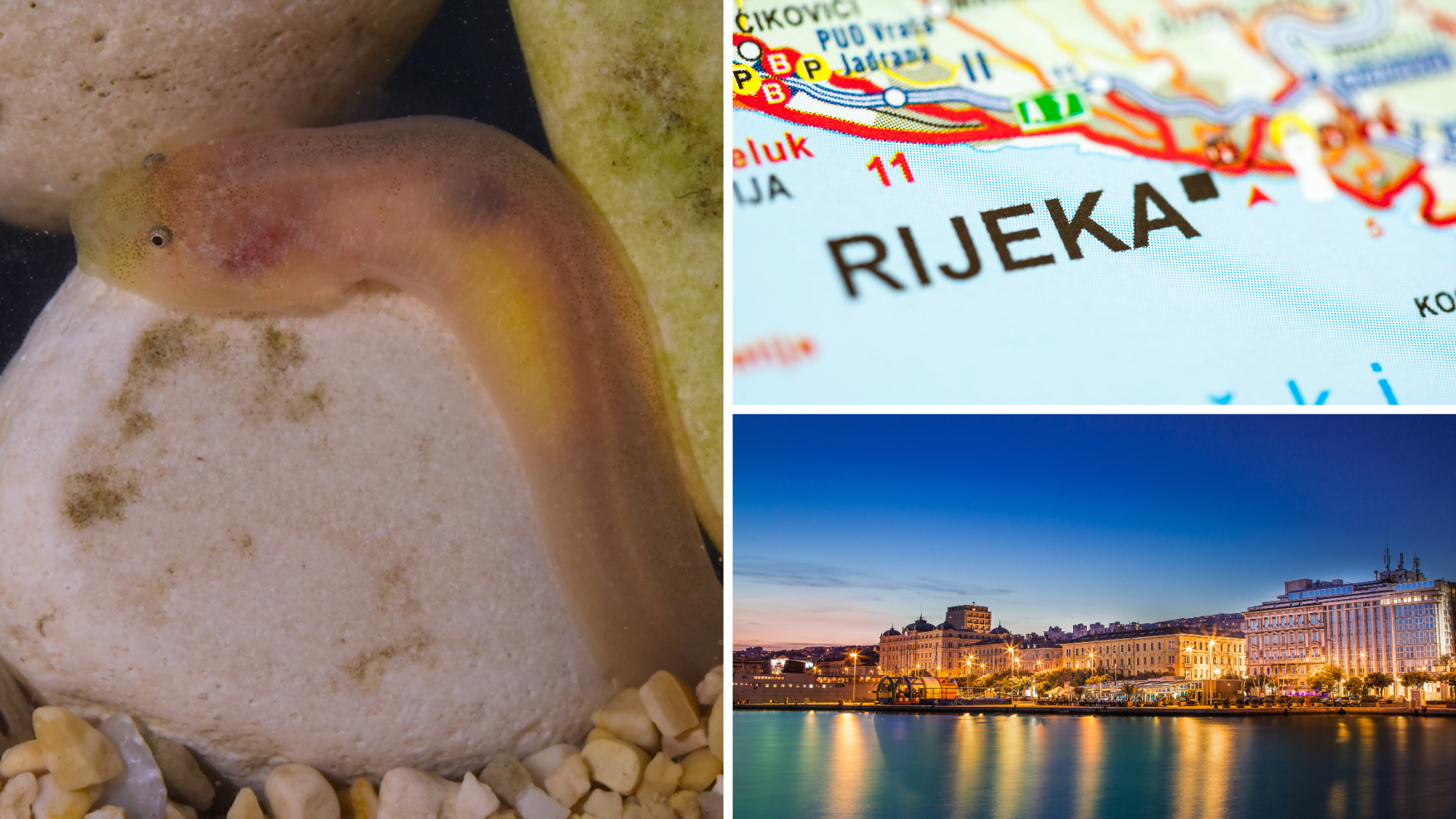Towards an ecosystem-based gravel beach management in Croatia
Maximilian Wagner is part of ERGA (Croatia) and participated in the creation and sampling of several reference genomes in the ERGA and VGP pilot phase. He is currently a YUFE4Postdoc funded PostDoc at the University of Rijeka working on the ecology and evolution of organisms (mainly fishes) living in gravel beaches. More information at: https://maximilian-wagner.org
Tourism is the predominant economic force in Croatia. Consequently, coastal management strategies often focus on short-term solutions, resulting in unsustainable practices, particularly in highly populated or urban areas. For instance, Croatia’s unique gravel beaches are currently managed without considering the natural resources they support. Furthermore, the lack of baseline knowledge about the biota residing on these beaches hinders the development of sustainable management strategies. In January 2024, a project led by Dr. Maximilian Wagner (YUFE4Postdoc scholar at the University of Rijeka) in collaboration with Prof. Hannes Svardal and Prof. Igor Ruzic began with the aim of investigating the biotic and abiotic relationships on both urban and pristine natural gravel beaches in Croatia. The project’s overall goal is to help develop ecosystem-based beach management as part of sustainable long-term solutions for ongoing and future coastal management in Croatia.
Photo: A challenging task – Researchers look for the tiny clingfish among the rocky beaches of Rijeka. Credits: Maximilian Wagner
Specifically, within the framework of this BGE-ERGA case study, we will apply cutting-edge genomic techniques to investigate the role of natural (oceanographic) and artificial barriers in the larval dispersal of a key component of Mediterranean gravel beach fauna: the endemic blunt-snouted clingfishes. Two sympatric blunt-snouted clingfish (genus Gouania) species exist in the area around Rijeka, providing the ideal setting for this study. While a reference genome for one of these species, G. adriatica, is already available, our first step will be to produce a reference genome for the second species, G. pigra. This will not only allow us to compare dispersal and connectivity patterns across both species, but it is also a prerequisite for achieving the high genomic resolution needed to study population processes on these unprecedentedly small spatial scales.
Legend: Hidden biodiversity – Clingfish are small and relatively poorly known. The comparison between the genomes of G. adriatica and G. pigra will bring new insights about the species and evolutionary processes occurring at a small spatial scale.
Often, marine connectivity studies draw conclusions over large geographical scales, such as gyres and circulation systems. However, given the ongoing coastal development and the meagre dispersal abilities of some species, this study offers a unique opportunity to examine population-level dynamics at an exceptionally small spatial scale. This project not only aims to enhance our understanding of connectivity patterns in the marine realm but also highlights the importance of whole-genome investigations in assessing and understanding biodiversity across space and time.
We extend our gratitude to Duje Kalajzic, Prof. emer. Cedomir Benac, Dr. Marcelo Kovacic, Dr. Els de Keyzer, and Dr. Pascal Hablützel for their valuable contributions. This project is funded by the European Union under the European Union’s Horizon Europe research and innovation programme, co-funded by the Swiss Government and the British Government, with additional support from the Marie-Curie co-financed YUFE4Postdoc program.
*Header image: A challenging task: Researchers look for the tiny clingfish among the rocky beaches of Rijeka. Credits: Maximilian Wagner




